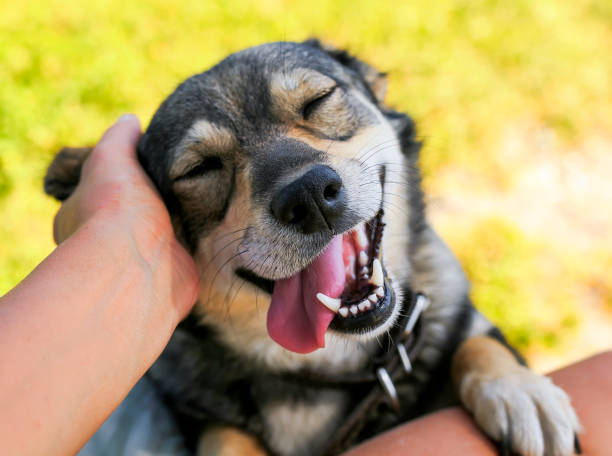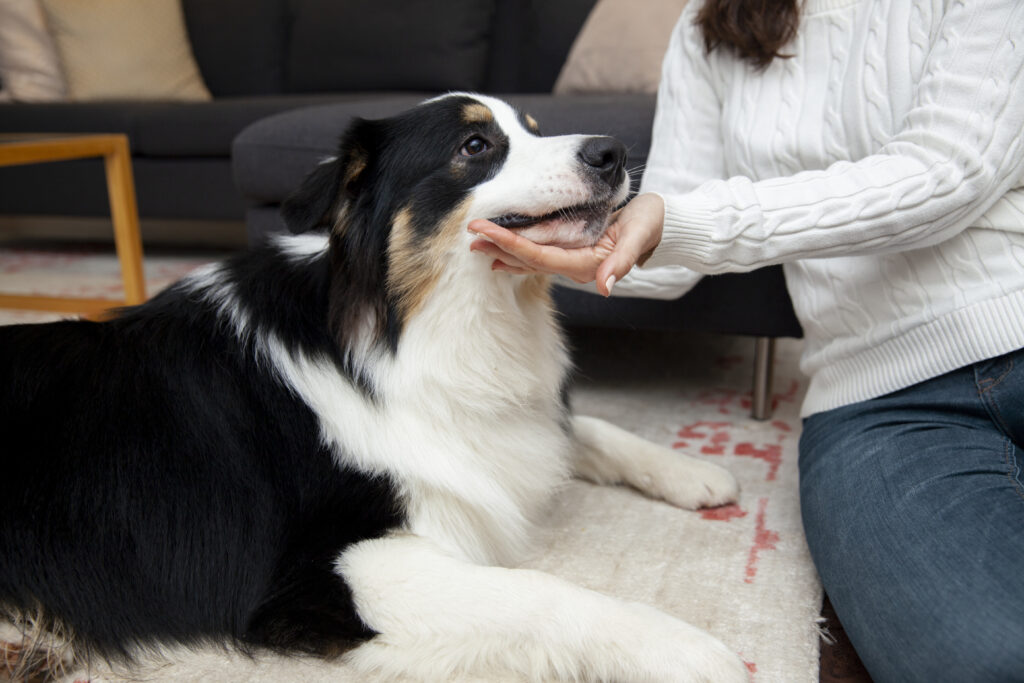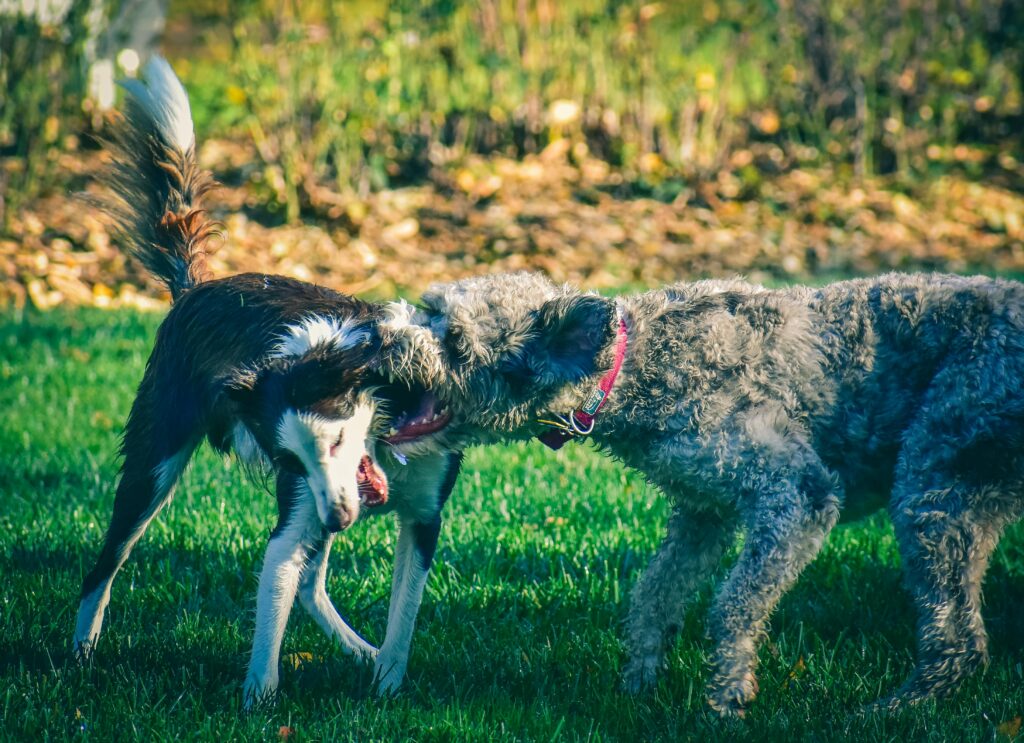
Does your once playful pup suddenly turn into a growling, lunging monster when they see another dog? You’re not alone! Dog-on-dog aggression is a common concern for pet owners, and it can be scary and frustrating to deal with. But don’t worry, there’s hope!
This article will be your guide to understand: Why is my Dog Aggressive towards Other Dogs. We’ll explore the seven most common reasons behind this behavior, how to identify the cause, and some tips on how to help your furry friend become more social.
Here are some key questions we’ll answer:
- What are the different types of dog-on-dog aggression?
- Why might my dog be showing aggression towards other dogs?
- How can I tell what’s causing my dog’s aggression?
- What can I do to help my dog become more social with other pups?
So, grab your leash, a bag of treats, and let’s get started on making your dog park walks a more enjoyable experience for everyone!
Also Read: Understanding The Reasons: Why Is My Dog Panting So Much? A Comprehensive Guide
Unveiling the Mystery: Different Types of Dog-on-Dog Aggression
Before we delve into the reasons behind your dog’s behavior, it’s important to understand the different types of dog-on- dog aggression:
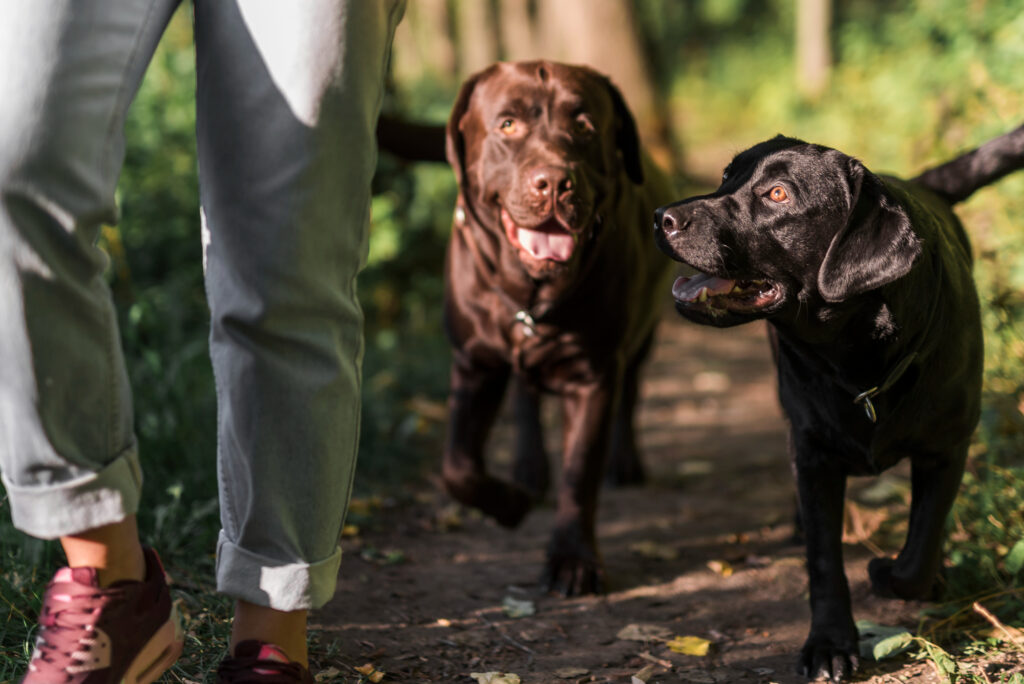
- Fear-based aggression: This is the most common type of aggression. A fearful dog might growl, snap, or lunge at another dog out of anxiety or feeling threatened. They might also tuck their tail, cower, or try to hide.
- Dominant aggression: Some dogs, especially unneutered males, might show aggression towards other dogs in an attempt to establish dominance. This can involve barking, mounting, or stiff-legged walks.
- Territorial aggression: Dogs can become aggressive when they feel their territory is being invaded, even if it’s just a park bench or your living room. This can involve growling, barking, or snapping at any dog who comes too close.
- Leash reactivity: This type of aggression is specifically triggered when a dog is on a leash and encounters another dog. They might bark, lunge, or pull on the leash in frustration.
- Maternal aggression: Mother dogs can become very protective of their puppies and might display aggression towards any dog who gets too close.
- Predatory aggression: Some dogs, especially sighthounds, might have a strong prey drive and see other dogs as potential targets. This can involve chasing, stalking, or nipping.
- Redirected aggression: This occurs when a dog gets frustrated or startled by something and redirects their aggression towards another dog who happens to be nearby.
Digging Deeper: 7 Reasons Why is my Dog Aggressive towards Other Dogs
There are many reasons why your dog might be showing aggression towards other dogs. Here are some of the most common culprits:
Also Read: Post-Grooming Behavior: Why Does My Dog Keep Sitting After Grooming?
Lack of socialization:
Puppies go through a crucial socialization period where they learn how to interact with other dogs appropriately. If your dog missed out on this critical stage, they might be fearful or unsure of how to behave around other pups.
Negative experiences:
Previous negative encounters with other dogs, like being bitten or bullied, can leave your dog feeling scared and lead to aggression in future interactions.
Underlying medical conditions:
Sometimes, pain or discomfort from medical conditions like arthritis, ear infections, or dental problems can make a dog irritable and more likely to snap.

Fearful temperament:
Some dogs are naturally more timid or anxious, and they might react aggressively out of fear when they encounter other dogs.
Learned behavior:
If your dog has been rewarded (even unintentionally) for growling or lunging at other dogs in the past, they might continue this behavior for attention.
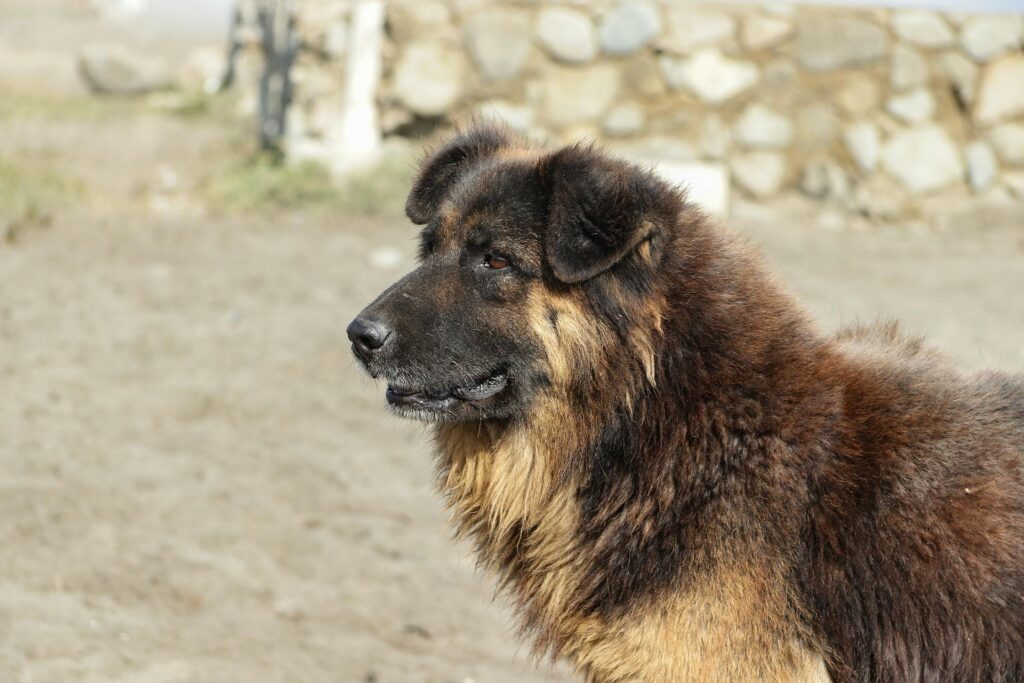
Inconsistent discipline:
Dogs need clear and consistent boundaries. Mixed messages or not following through with corrections can confuse your dog and make them more likely to act out.
Owner’s anxiety:
Dogs are very good at picking up on our emotions. If you feel tense or anxious during walks, your dog might mirror your energy and become more reactive around other dogs.
Unmasking the Culprit: Identifying the Cause of Aggression
Unfortunately, there’s no one-size-fits-all answer to figuring out why your dog is being aggressive. However, some clues can help you and your veterinarian narrow it down. Here are some things to consider:
- The situation: Does your dog only act aggressively on leash, or is it in all situations? Does it happen with all dogs, or just certain breeds or sizes?
- Body language: Pay attention to your dog’s body language in addition to growling. Signs of fear might include tucked tail, flattened ears, whale eye (showing whites of the eyes), or cowering. Dominant displays could involve stiff-legged walks, raised hackles, or staring.
- Your dog’s history: Think about your dog’s background. Were they properly socialized as a puppy? Have they had any negative experiences with other dogs?
- Your own behavior: Are you feeling tense or anxious during walks? Do you inadvertently reward your dog’s growling or lunging for attention?
Calming the Storm: Tips for a More Social Pup
If your dog is showing aggression towards other dogs, it’s important to seek professional help from a qualified veterinarian or animal behaviorist. They can help you diagnose the underlying cause and develop a personalized treatment plan.
Here are some general tips that can help you manage your dog’s aggression in the meantime:
- Management is key: The most important thing is to prevent your dog from rehearsing unwanted behaviors. This might involve keeping them on a leash and at a safe distance from other dogs during walks, using muzzles or barriers when necessary, and avoiding situations that trigger their aggression.
- Positive reinforcement: Reward your dog for calm and friendly behavior around other dogs. This could involve treats, praise, or petting when they show interest in another dog without growling or lunging.
- Controlled socialization: If your dog is a good candidate (not overly fearful or aggressive), gradually introduce them to other dogs in a controlled setting under the guidance of a professional. Start with calm, friendly dogs and work your way up to more challenging interactions.
- Address underlying fears: If your dog’s aggression stems from fear, helping them feel more confident can be crucial. This might involve desensitization techniques (gradually exposing them to their triggers in a safe way) or counterconditioning (pairing the trigger with something positive).
- Stay calm and confident: Your dog picks up on your emotions. Project calmness and confidence during walks, even if you feel anxious. Avoid tensing up or pulling on the leash if your dog reacts to another dog.
Seeking Professional Help: When to See a Vet or Trainer
Here are some signs that indicate it’s time to seek professional help for your dog’s aggression:
- Any level of biting: Even a small nip can be a serious concern.
- Increased intensity of aggression: If your dog’s growling or lunging is becoming more intense, it’s important to get help before it escalates.
- Difficulty managing your dog: If you’re struggling to control your dog’s behavior on walks or around other dogs, a professional can help you develop a training plan.
Living a Leash-Less Life: Resources for a More Social Pup
Here are some resources that you might find helpful on your journey to a more social pup:
- The American Society for the Prevention of Cruelty to Animals (ASPCA): https://www.aspca.org/ The ASPCA website has a wealth of information on dog behavior, including tips on socialization and aggression.
- The American Veterinary Society of Animal Behavior (AVSAB): https://avsab.org/ This website can help you find a qualified animal behaviorist in your area.
- The Association of Professional Dog Trainers (APDT): https://apdt.com/ The APDT website can help you find a certified professional dog trainer who can help you address your dog’s aggression.
Remember, with patience, consistency, and professional guidance, you can help your dog overcome their aggression and become a more social and well-adjusted pup. Soon, those walks in the park can be filled with tail wags and happy greetings instead of growls and lunges!
07 Major Reasons Why is My Dog Aggressive Towards Other Dogs: FAQ
Here are some frequently asked questions about dog-on-dog aggression:
- Is my dog aggressive, or is he just playing?
Sometimes, playful behavior can be mistaken for aggression, especially in puppies who are still learning bite inhibition. However, true aggression often involves growling, snapping, lunging, or biting. If you’re unsure, it’s always best to err on the side of caution and consult a professional.
- My dog used to be good with other dogs, but now he’s aggressive. What could have changed?
There can be many reasons for a sudden change in behavior. It could be an underlying medical condition causing pain or discomfort. Your dog might have had a negative experience with another dog that triggered their aggression. It’s important to see your veterinarian to rule out any medical causes and consider consulting a trainer to identify and address the reason behind the change.
- Is it too late to socialize my adult dog?
It’s never too late to socialize your dog, but it might take more time and patience than socializing a puppy. Work with a qualified trainer to develop a safe and controlled socialization plan that gradually exposes your dog to other dogs in a positive way.
- Will neutering or spaying my dog help with aggression?
Spaying or neutering can sometimes help to reduce aggression, especially if it’s hormone-related. However, it’s not a guaranteed solution, and it’s important to address the underlying cause of the aggression as well. Talk to your veterinarian about whether spaying or neutering might be beneficial for your dog.
- Is there a quick fix for dog aggression?
Unfortunately, there’s no magic bullet for treating dog aggression. It usually takes time, consistency, and professional guidance to address the behavior. However, with patience and positive reinforcement techniques, you can help your dog overcome their aggression and become more social.
- What should I do if my dog shows aggression towards another dog on a walk?
The most important thing is to stay calm and avoid tensing up or pulling on the leash. This can escalate the situation. Try to remove your dog from the situation safely. If possible, have a friend or family member walk your dog at a different time of day to avoid encountering other dogs during walks.
- Is it safe to take my dog to the dog park if they’re aggressive towards other dogs?
Dog parks are generally not a good idea for dogs with aggression issues. The uncontrolled environment and potential for triggers can make the situation worse. Focus on controlled socialization in a safe setting under the guidance of a trainer.
- Can I use a shock collar to train my dog out of aggression?
Punishment-based training methods like shock collars can actually worsen aggression in some dogs. Positive reinforcement techniques, where your dog is rewarded for good behavior, are a much more effective and humane way to address aggression.
- Should I muzzle my dog if they’re aggressive?
Muzzles can be a valuable tool for managing dog aggression, especially in high-risk situations. However, muzzles should not be used as a punishment tool. Work with a trainer to ensure your dog is comfortable wearing a muzzle and to practice safe muzzle introduction.
- I feel embarrassed and ashamed of my dog’s aggression. What should I do?
Dog aggression is a common problem, and you’re not alone! The most important thing is to seek professional help and focus on getting your dog the training and support they need. There’s no shame in asking for help, and a qualified trainer can guide you through the process of addressing your dog’s aggression.
